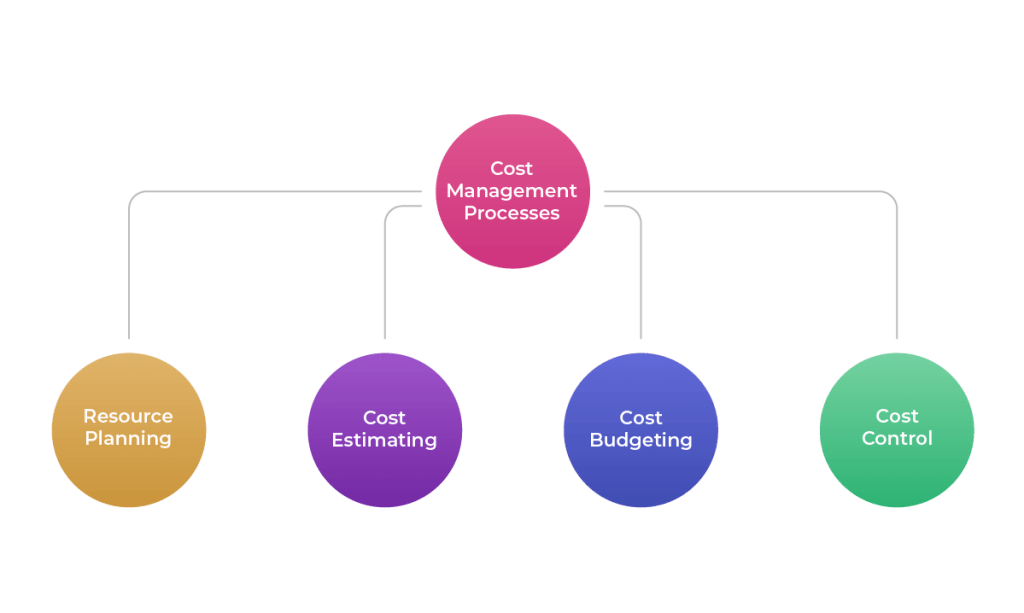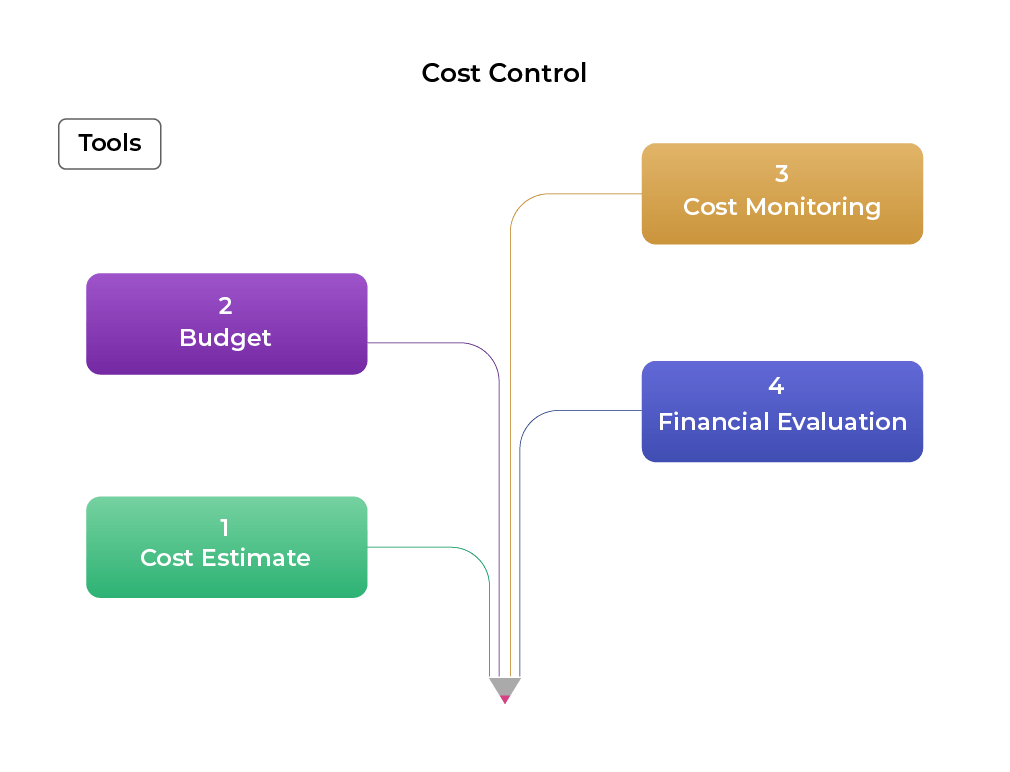Project Management Guide
Project Management Guide
What Is Project Management?
What Is a Project?
Why Is Project Management Important?
Project Life Cycle Phases
- Project Initiation
- Project Planning
- Project Execution
- Project Monitoring
- Project Closure
Project Management Methodologies
- Waterfall Project Management
- Critical Path Method
- Critical Chain Project Management
- Agile Project Management
- Scrum Project Management
- Kanban Project Management
- Lean Project Management
- Six Sigma Project Management
- PRINCE2
- PRiSM
- PMBOK Method
Project Management FAQ
What is Cost Control in Project Management?
A survey conducted by the Project Management Institute recently found that only 57% of IT projects ended up being finished within their initial budgets. Others exceeded targets.?It’s not just in the IT industry but in every sector that cost control is a critical aspect of project management. After all, money is a scarce and valuable resource, and project costs need to be accurately estimated.
Project managers typically carry out cost control by budgeting the amount needed at different stages of the project. This has to be constantly monitored and tweaked, depending on changing circumstances.
According to the Project Management Body of Knowledge, project managers can look at costs in three ways:
- Planned value – The value of the work planned to be completed.
- Earned value – The actual value of all the work completed.
- Actual cost – The actual cost of all the work completed.
For cost control purposes, however, it’s the initial budget, scope, and allocation of resources that should be kept in mind. The ability to complete a project within the deadline and to approved standards is important, of course, but completing it within budget is critical.
Features of Cost Control
Before getting down to actual cost control, there are certain elements of the process that the project manager should be aware of. These features provide a framework with which to approach the exercise. They also help to clarify what to look out for and how to break it down.
- Types of Costs
Not all costs are the same. It’s important to measure project expenses in terms of including fixed, variable, direct, and indirect costs. Doing this gives you flexibility in budgeting. It is also helpful to gauge what costs cannot be compromised, and which ones can rise or fall along with the progress of the project. - Budgeting
Costs have to be apportioned to various teams and processes according to need. Time is also an important factor in ascertaining when the costs will arise. When making budgets, it’s important to build in regular checks on expenditure, so you will know if funds are being over or under-utilized. - Measurement
The project manager should have access to tools that measure how the planned costs are progressing. These tools should provide regular updates depending on the percentage of the tasks completed. Without this, course correction will not be possible until it is too late. The measurement loop is completed with provisions for reporting and feedback.

Steps in Cost Control
After figuring out the types of costs, initial budgeting, and provisions for measurement, there are four steps for cost control, according to the Project Management Institute.
Cost estimating. This requires putting together and forecasting the costs of a project from start to finish. There are three phases of estimation:
- Economic evaluation: This is the initial step, during which a study should be undertaken to find out the feasibility of conducting the project. How much will it cost, can funds be made available, and is it worthwhile for the business to carry out the project?
- Project investment: This is the overall cost estimation at the initial stage. It is a rough estimate which can then be fine-tuned depending on delivery parameters and scope.
- Cost forecasting: In this process, uncertainties, risks, and unforeseen events are accounted for, and costs estimated against such contingencies. This is an important step and often can prevent cost overruns at a later stage.
Cost Budgeting
In this step, as discussed earlier, costs are divided and estimated across various project stages and functions. Accounting, monitoring, and standard procedures are important aspects of budgeting. A system of approvals should also be established.
Cost Systems
This involves putting together the processes needed to gather, analyze, monitor, and manage costs on an ongoing basis. One popular method is Earned Value Analysis, with which cost and schedule deviances can be assessed on an ongoing basis and remedial action that is taken.
Cost Applications
In project management, this refers to aspects that affect cost management, such as computer applications and value analysis. For example, computerized processes that analyze and store the data during the project life. These are also important as a gauge for future projects.
What to Look Out For
Even with the best planning, there can be issues with cost control as the project progresses. Project managers need to recognize the common problems that can arise from the start. To begin with, there should be absolute clarity on the nature of the project and the costs involved with all the stakeholders as well as external partners. Such transparency will also help in managing costs when it comes to scope creep. After all, one report says that nearly 50 percent of projects experience scope creep, and only 57 percent finish within budget. Other aspects to keep in mind are:
- To maintain expected margins laid down at the start.
- To increase ROI.
- To check systems constantly for inaccuracies.
- To generate data for gauging the next projects.
Tools for Cost Control
There are several types of tools to carry out cost control in the stages of estimating, budgeting, monitoring, and evaluating.

For example, there are types of project management software with built-in reporting and security features. These are helpful for cost control, with shared documents, templates, and dashboards for project tracking.
Tools for budgetary control also provide yardsticks for comparison with past projects. They help with profit planning, and combine activities from planning to executing. Depending on the nature and the complexity of the project, some project managers choose automated tools that can deliver reliable forecasts and performance measurement across the tasks and timelines.
For some projects, there are automated tools for variance analysis, which spotlights deviances from standard baseline costs and ways to control them. There is also ratio analysis, which compares a project’s cost performance with that of an external organization. This can improve competitiveness over time.
Without effective cost control, revenue can decrease, and future projects can be jeopardized. When carried out properly, cost control helps the firm improve profitability, productivity and build a stellar reputation.
